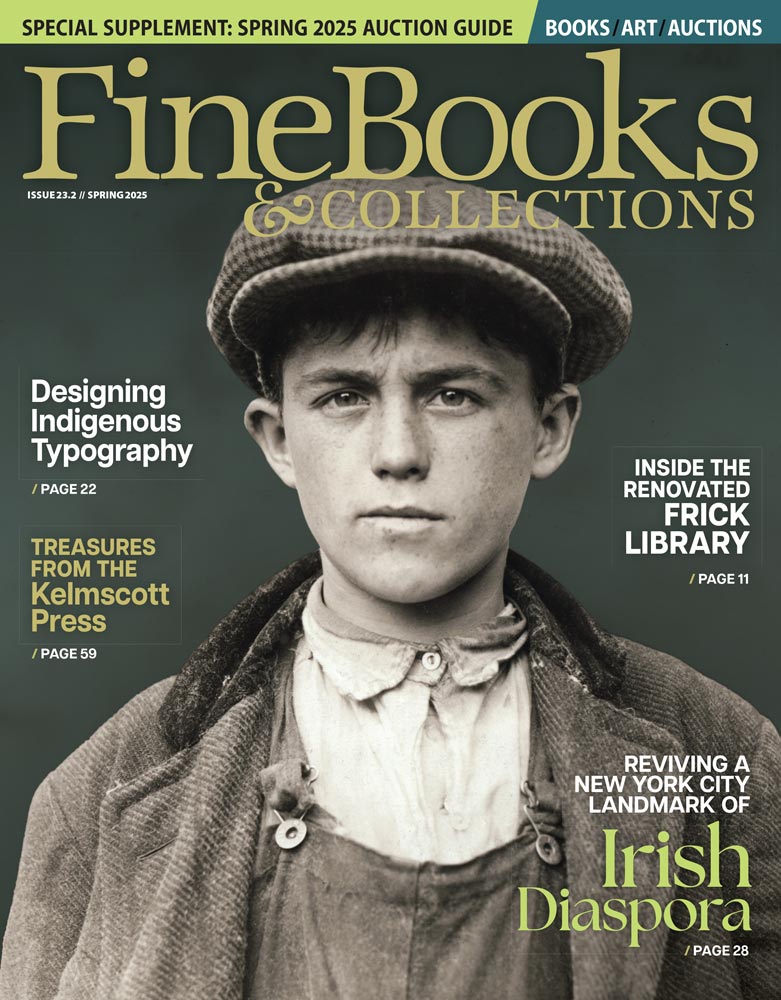Exhibits
Among their rigorous preparations for eternity, ancient Egyptians developed an intricate set of religious writings to help the deceased achieve a blessed afterlife in union with the solar god Re an
A remarkable printmaker, painter, and poet, William Blake (1757–1827) developed a wildly unconventional world view, representing universal forces of creation and destruction—physical, psychological
Around the turn of the 20th century, photographer Eugène Atget broke new artistic ground in his obsessive chronicling of Paris and its environs.
‘Fog everywhere’ writes Dickens in his opening passage to Bleak House, describing a common experience for many Victorian Londoners.
It is no surprise that horses have starred in children’s books for generations.
The exhibition considers how landscape, weather and the natural world play an important role in the lives and work of the Brontës.
Claire A. Nivola introduces young readers to inspiring women in history.
Before the advent of landscape as an independent genre in European art (a development usually placed in the 1600s), depictions of the natural world appeared on the borders of manuscripts and as the
Mystical musicians, eccentric scientists, voyagers in curious contraptions—Remedios Varo (1908–1963) mixed notions from disparate fields of knowledge to create modern paintings suffused with materi


